Effective communication is the backbone of any successful construction project. From the initial blueprint to the finishing touches, every step requires clear, concise, and timely exchanges of information.
Poor communication among crewmates can lead to delays, increased costs, and safety hazards. To deal with this, workers in the construction industry often use two-way radios to improve communication, making projects smoother and safer for everyone involved.
The Challenges of Traditional Communication Methods
Traditional communication methods, such as cell phones and verbal messages, present challenges on construction sites. Noise from machinery and construction activities often drowns out verbal instructions, leading to miscommunication and potential accidents.
Cell phone signals can be unreliable, especially in remote areas or within large, dense structures that block cellular signals. Additionally, relying on messengers to relay information is inefficient and can result in delays and misinformation. That’s why two-way radios are ubiquitous across the industry.

How Two-Way Radios Improve Communication
Two-way radios offer a great solution to the communication challenges faced on construction sites. They facilitate coordination among construction teams, ensuring that everyone is aware of each other’s activities so they can act accordingly. Their features meet the needs of workers in this industry:
- Two-way radios support instant communication between team members, reducing the delay associated with making phone calls or sending messages.
- With two-way radios, workers can stay connected across large construction sites, ensuring everyone is on the same page, regardless of their location.
- Designed to withstand tough conditions, two-way radios are more resilient than cell phones. They are suitable for daily use on construction sites.
- Radios often come with headsets or earpieces that enable clear communication without interference from surrounding noise.
- Two-way radios can facilitate group communication, allowing multiple team members to receive and respond to messages simultaneously.
- In emergencies, two-way radios create a way to alert all personnel immediately, improving response times and safety on site.
- Managers can quickly assign tasks and monitor progress in real time, leading to increased efficiency in processes and coordination.
- Radios eliminate the need for relaying messages, ensuring that information reaches the right person quickly.
- Many two-way radios offer multiple channels for different teams or operations, reducing interference and supporting organized communication.
- By improving communication and efficiency, two-way radios can lead to lower operational costs over time, reduce delays, and enhance productivity on construction projects.
Selecting the Right Two-Way Radio System
Choosing the right two-way radio system for your team is essential for maximizing its benefits. Consider these key factors to ensure the radios meet the needs of your crew:
Range
The range of two-way radios is a critical factor. For large construction sites, radios with a longer range ensure that communication remains clear even at extended distances. Obstacles like buildings and terrain can affect range, so it’s important to select radios that can overcome these challenges.
Durability
Cell phones are delicate and prone to damage, but two-way radios can withstand rough handling, impact, and environmental stressors. Many models have strong exteriors and receive testing against military specifications for shock, water resistance, and dust protection. Radio manufacturers make sure their products operate effectively in various conditions.
Battery Life
Battery life is another vital consideration. Radios with extended battery life have little need for frequent recharges, supporting uninterrupted communication during long shifts. Be that as it may, don’t overlook the importance of having spare batteries or charging stations on-site.
Cost
The initial expense includes purchasing the radios, which can vary based on their features, durability, and brand. Additionally, consider ongoing costs, such as maintenance, repairs, and potential replacement of equipment over time.
Brand
Renowned brands produce communication devices designed for rugged environments. Motorola, Kenwood, and Icom are well-regarded for their commitment to quality and innovation in two-way radio manufacturing.
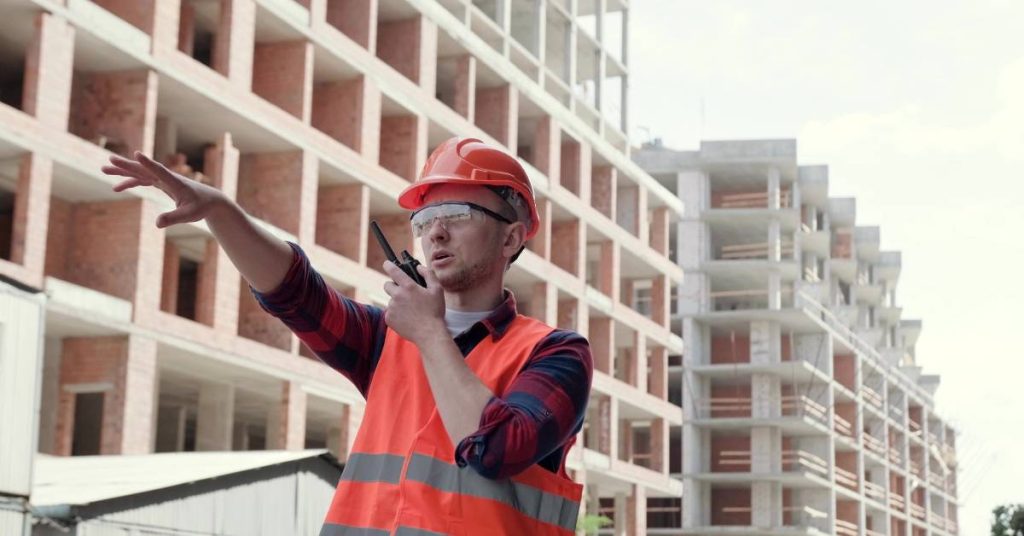
Implementing Two-Way Radio Communication in Construction
Assess Your Communication Needs
Begin by evaluating the communication challenges your team faces on-site. Identify the size of the area, the number of workers, and potential obstacles that could affect radio use. Your findings will help you determine the type and number of two-way radios you need.
Train Your Team
Provide comprehensive training on how to use the two-way radios effectively. Ensure all team members understand the device functionality, communication protocols, and emergency procedures. Conduct a training session that includes practical exercises to reinforce learning.
Establish Communication Protocols
Develop clear guidelines for radio use, including appropriate language, channel assignments, and emergency protocols. Set expectations for response times and relaying critical information to support your operations.
Test the System
Before fully implementing the radios, conduct a test within the active construction environment. This will help you identify coverage issues, noise interferences, or other problems that could negatively affect communication.
Monitor and Adjust
Once the radios are in use, continually monitor their effectiveness. Gather feedback from your team, and make necessary adjustments to the equipment or protocols to optimize communication and address issues that arise.
The Future of Two-Way Radios in Construction
As technology continues to evolve, the future of two-way radios in the construction industry looks promising. Advancements in digital communication will enhance clarity and reliability, allowing for clearer signals and improved sound quality even in noisy environments.
The integration of features such as Bluetooth connectivity will further streamline operations. It enables workers to use hands-free headsets, which improves safety and efficiency on the job. Additionally, the rise of cloud-based systems may facilitate real-time data sharing and analytics, providing teams with critical insights to improve project management and decision-making.
Enhance Your Communication Strategy
Effective communication is the foundation of successful construction projects. Two-way radios address the unique communication challenges of construction sites by improving everything from clarity to connectivity. These devices play a crucial role in the success of construction projects. For any construction manager, safety officer, or field worker looking to enhance their communication strategy, incorporating two-way radios is a step in the right direction.
While implementing two-way radios can take some work, the effort is well worth it in the long run. However, you’ll need to be sure your devices have enough power to operate for the entire project. At Battery Distributors, we stock great products such as the Motorola APX 6000 battery so you can communicate without interruptions. Discover for yourself how our amazing discounts can take your communication to the next level!



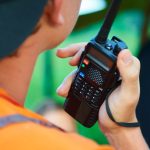


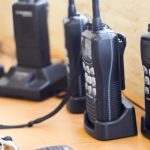

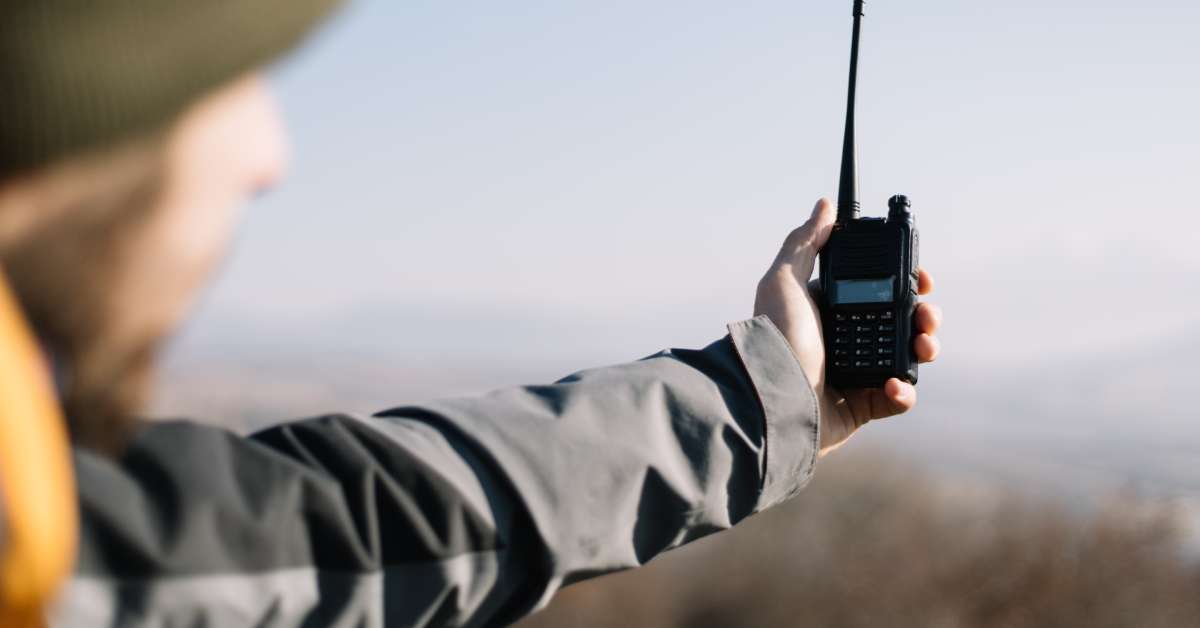

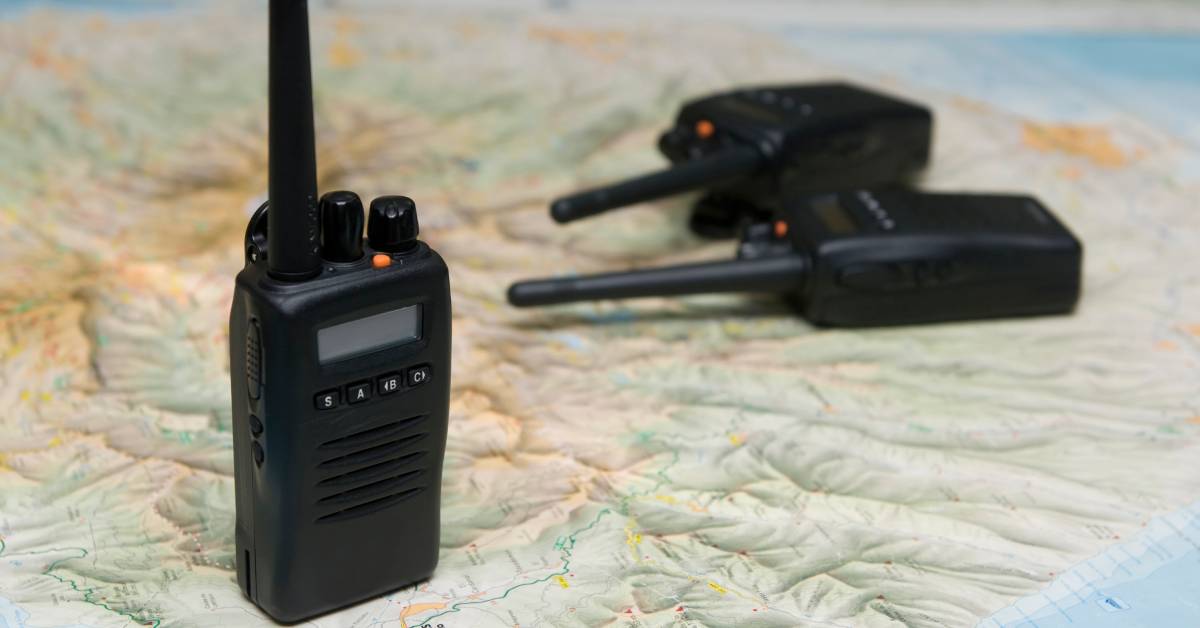
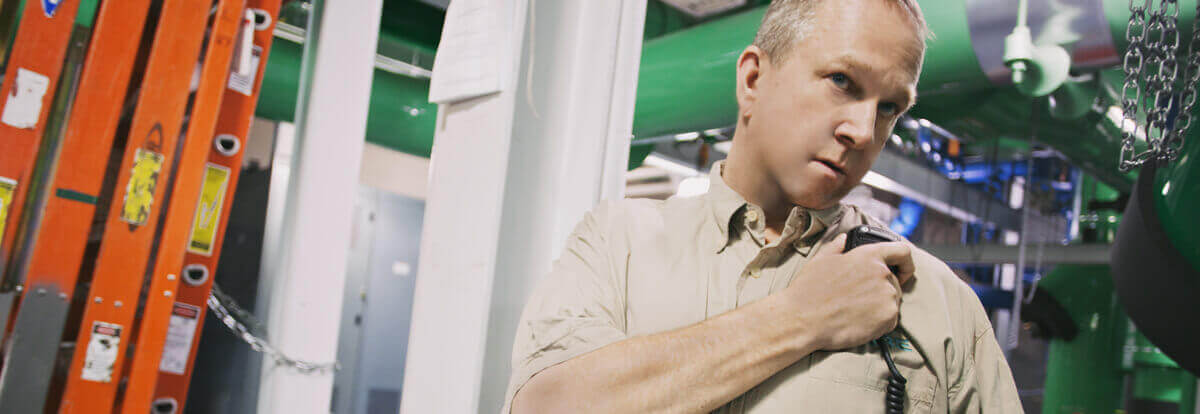
One thought on “10 Ways Two-Way Radios Improve Communication in Construction”